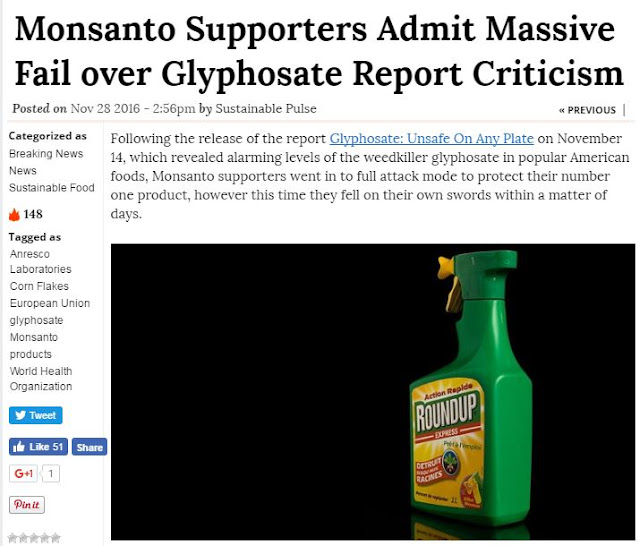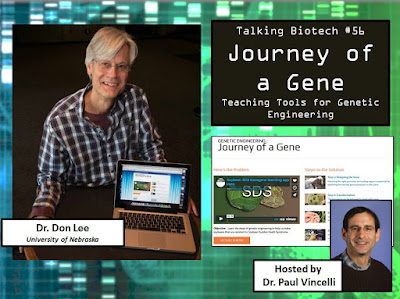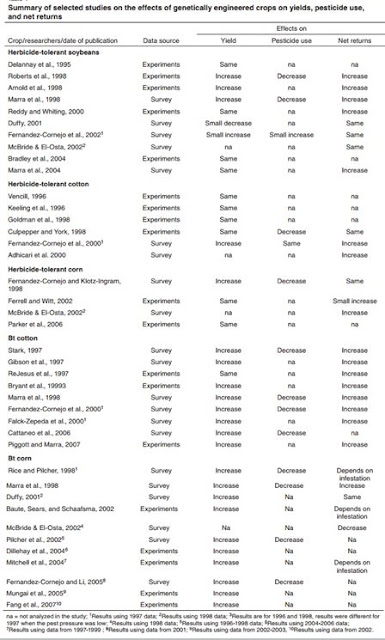"Monsanto Supporters" - A Desperate Move?

The enemies of science and reason must take unethical steps in attempts to tarnish and discredit the legitimate scientists who retard penetration of their fear mongering campaigns. Last week's fear brochure claiming "alarming" levels of herbicides in familiar processed foods was a joke to scientists that understand analytical chemistry, agricultural chemistry, and their relative risks. When Dr. Shelly McGuire and I correctly commented that the analysis presented was wholly insufficient to support a claim of alarm, we immediately became targets for those that manufacture risk and wish to erode trust in food, farming and science. We were immediately chastised by those that promote pseudoscientific claims, and those paid to obfuscate science and ablate the trust of public scientists. USRTK employee and paid content producer Carey Gillam cites article where Dr. McGuire and I were referred to as "Monsanto Supporters". Wow. Sticks and stones......









